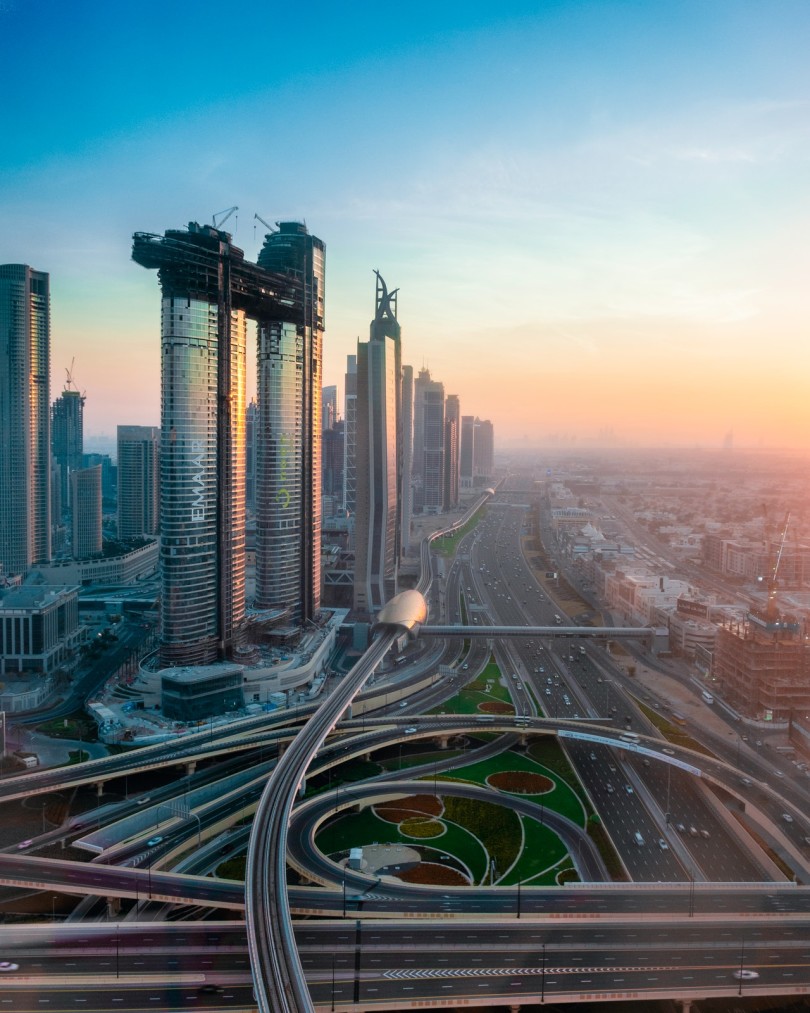How does Battery Energy Storage work?
19 Apr 24
Enviro ChatThe Global News Source for the World of Science and Chemicals
26 April 2020
Lab Chat
One silver lining of the devastating COVID-19 pandemic which has ravaged the world is its effect on air pollution. In the Middle East, as in other parts of the globe, the reduced activity has seen air quality drastically improve in a matter of weeks since the virus first surfaced at the end of last year.
As the epicentre of the outbreak, Wuhan City in the Hubei Province of central China has seen some of the most noticeable improvements. However, a similar upturn in air quality has been noted right across the globe, thanks to the fact that fewer vehicles are on the road and fewer corporations are in operation at the present time.
The data collected by NASA satellites demonstrates that air pollution has fallen sharply in the months between 26th November and 27th March, especially in the shape of the harmful contaminant nitrogen dioxide (NO2). NO2 is most commonly caused by the exhaust fumes from vehicles, indicating that stay-at-home measures have had a beneficial effect on air quality.
“You have to remember that people are losing their lives and I don’t want to be insensitive about the loss,” explained Professor Paul Monks, an expert in atmospheric chemistry at the UK’s University of Leicester. “But what it’s shown is the potential for a low-air-pollution future. If we were to move to a low-carbon economy, we would achieve these sorts of gains. That’s what air pollution could look like in future.”
Indeed, the real-time improvements in air quality only serve to back up evidence that pollution reduction really can save lives in an incredibly short space of time. In Wuhan, a city of 11 million people, the difference in the quality of air has been monumental, while a similar swing has been noted across the world.
The Middle East is no exception to that rule, with the UAE’s sterilisation programme (which prohibits movement of Emirati residents around the clock between April 4th and 18th, unless under certain essential circumstances) also showing impressive improvements in the country’s air quality status.
That’s particularly encouraging, especially since the environmental organisation Greenpeace recently named eight Emirati cities as among the 50 most polluted in the world in terms of NO2 concentrations. Dubai, which was the most contaminated of those eight, has already outlined its ambitions to clean up its act, targeting 75% of its energy from sustainable sources by 2050.
Reducing transport-related pollution is the biggest driver of air quality improvements, with businesses encouraged to take advantage of video conferencing applications instead of conducting physical meetings on a more regular basis. The necessity of doing so under current coronavirus quarantines could help lay the groundwork for such methods of communication to become standard practice in the future.
DOWNLOAD PDF

2 Day Seminar Program
@ ArabLab+ 2024
24 & 25 September 2024
Your stay in Dubai
Labkit
Product News
Chemkit
Product News
Thinking about exhibiting at ARABLAB 2024? Watch our video to find out more.
Join the world’s leading organisations…
Join our mailing list and receive the ARABLAB newsletter and event updates.